Middle Eastern Specialties: Hummus, Falafel, and Couscous — Origins, Benefits, and How to Enjoy Them Best
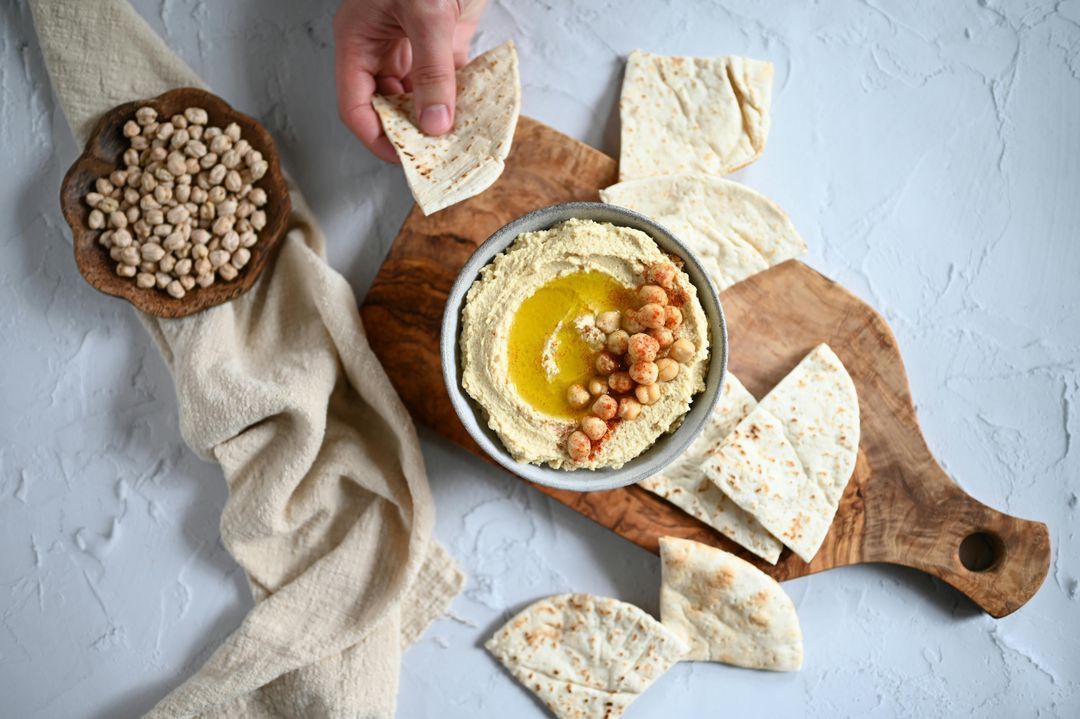
Middle Eastern cuisine is a journey of intense flavors, fragrant spices, and age-old traditions. Among its most globally beloved dishes are hummus , falafel , and couscous : three specialties that encapsulate the history, culture, and conviviality of an entire people.
In this article, well discover the fascinating origins of these dishes, their science-backed nutritional benefits , how to best enjoy them , and some practical tips for incorporating them into your daily diet.
Tags: #Hummus #Chickpeas #Tahini #Lemon #Garlic #Middle East #Recipe #Tradition #Cuisine #Cream #Appetizer #Vegan #Protein #Healthy #Authentic #Mediterranean #Spreadable #Tasty #Smoothie #DriedChickpeas
Hummus: the chickpea spread thats conquering the world
Origins
The origins of hummus are still disputed among several Middle Eastern countries (Lebanon, Israel, Palestine, Syria), but the first traces of a chickpea cream with tahini (sesame paste) date back at least to the 13th century.
Nutritional benefits
- Rich in vegetable proteins and fibre , it promotes satiety and intestinal health.
- It contains good fats (thanks to tahini and extra virgin olive oil).
- It is a natural source of iron, calcium and vitamin B6 .
🔹 A study published in Nutrients has highlighted how the regular consumption of hummus and legumes is associated with better body weight control and a lower incidence of cardiometabolic diseases ( Rebello CJ et al., 2016 ).
How to enjoy it best
- As an appetizer with warm pita bread.
- As a sauce paired with raw vegetables.
- As an ingredient in vegetarian bowls or sandwiches.
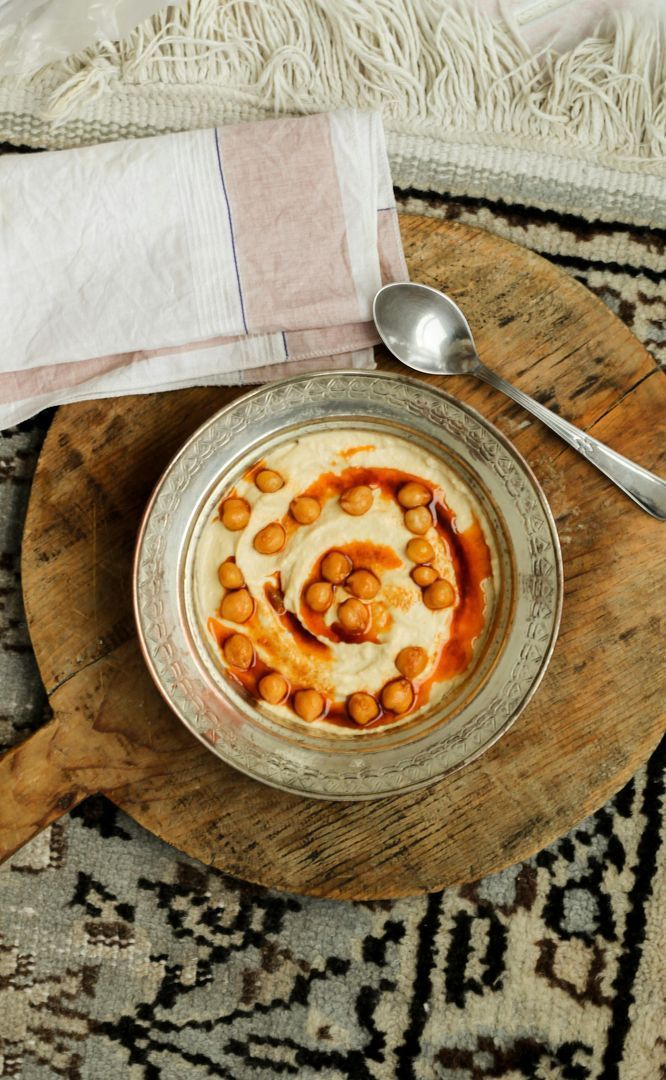
Hummus Tradizionale
Scopri come preparare l’#hummus perfetto partendo da ceci secchi: ricetta #autentica, cremosa e ricca di gusto, con tutti i segreti per un risultato da chef mediorientale. Facile, sano e irresistibile!
Tempo di preparazione
20 minutiTempo di cottura
50 minutiAmmollo
16 orePorzioni
MediaDose
4Strumenti
Mixer, PentolaIngredienti
Ceci (Secchi)150 gTahina60 gAcqua30 mlAglio1 spicchioSale fine1 cucchiainoLimone1 pz (85 g)Bicarbonato di sodio1 cucchiainoPrezzemoloq.b.Paprika dolceq.b.Olio EVOq.b.1 Sciacqua i ceci secchi sotto acqua corrente. Mettili in una grande ciotola, copri con abbondante acqua fredda e aggiungi 1/2 cucchiaino di bicarbonato. Lascia in ammollo almeno 12 ore (meglio 16) a temperatura ambiente.
2 Scola i ceci e sciacquali. Trasferiscili in una pentola capiente, coprili con acqua pulita (almeno il doppio del loro volume). Aggiungi l’altro 1/2 cucchiaino di bicarbonato. Porta a ebollizione, schiumando l’acqua se necessario, poi abbassa la fiamma e cuoci dolcemente per circa 45–60 minuti fino a quando i ceci sono morbidissimi (devono quasi disfarsi premendoli tra le dita). Scola i ceci (conserva mezza tazza di acqua di cottura).
3 🔔 Tip: Per un hummus ultra liscio, puoi eliminare le pellicine dei ceci strofinandoli leggermente in un canovaccio pulito (non obbligatorio, ma consigliato).
4 In un mixer potente o in un robot da cucina, inserisci: i ceci cotti (tiepidi o freddi), la tahina, il succo di limone, lo spicchio d’aglio senza anima, il sale. Inizia a frullare a scatti. Versa a filo 30–60 ml di acqua ghiacciata (o acqua di cottura fredda) fino a ottenere una crema liscia, morbida e setosa.
5 🔔 Tip: Più frulli, più l’hummus diventa setoso: almeno 3–5 minuti di frullatura continua.
6 Versa l’hummus in una ciotola. Con il dorso di un cucchiaio crea un piccolo vortice in superficie. Condisci con un filo generoso di olio extravergine e, a piacere, spolvera con paprika dolce o cumino e decora con prezzemolo fresco tritato.
7 📋 Note importanti. Tahina di qualità: Usa una tahina liscia e fluida (non densa come il burro d’arachidi). Acqua freddissima: Fa gonfiare la tahina e dona quella cremosità irresistibile. Sapore personale: Aggiusta di sale e limone a tuo gusto, assaggiando alla fine.
8 🌟 Il segreto degli chef mediorientali. Lavorano molto sull’emulsione tra tahina e limone PRIMA di aggiungere i ceci. Se vuoi provarlo: Frulla prima tahina + limone + acqua ghiacciata fino a ottenere una crema bianchissima e montata. Solo dopo aggiungi i ceci. Risultato: hummus ancora più vellutato!
Falafel: crispy chickpea (or fava bean) balls
Origins
Falafel is believed to have originated in Egypt over a thousand years ago as a fava bean dish. It later spread throughout the Levant, taking on the modern version, predominantly made with chickpeas.
Nutritional benefits
- Rich in protein and soluble fiber .
- They provide a good amount of folate , manganese and copper .
- Whether baked or air-fried, they are a very healthy option.
🔹 Research published in Frontiers in Nutrition confirms that the introduction of legume-based foods, such as falafel, improves the lipid profile by reducing LDL cholesterol and triglycerides ( Mitchell DC et al., 2017 ).
How to enjoy them best
- Inside a piadina with fresh vegetables and tahini sauce.
- As finger food served with hummus and baba ganoush.
- In a vegetarian bowl accompanied by salad, cucumbers and Greek yogurt.
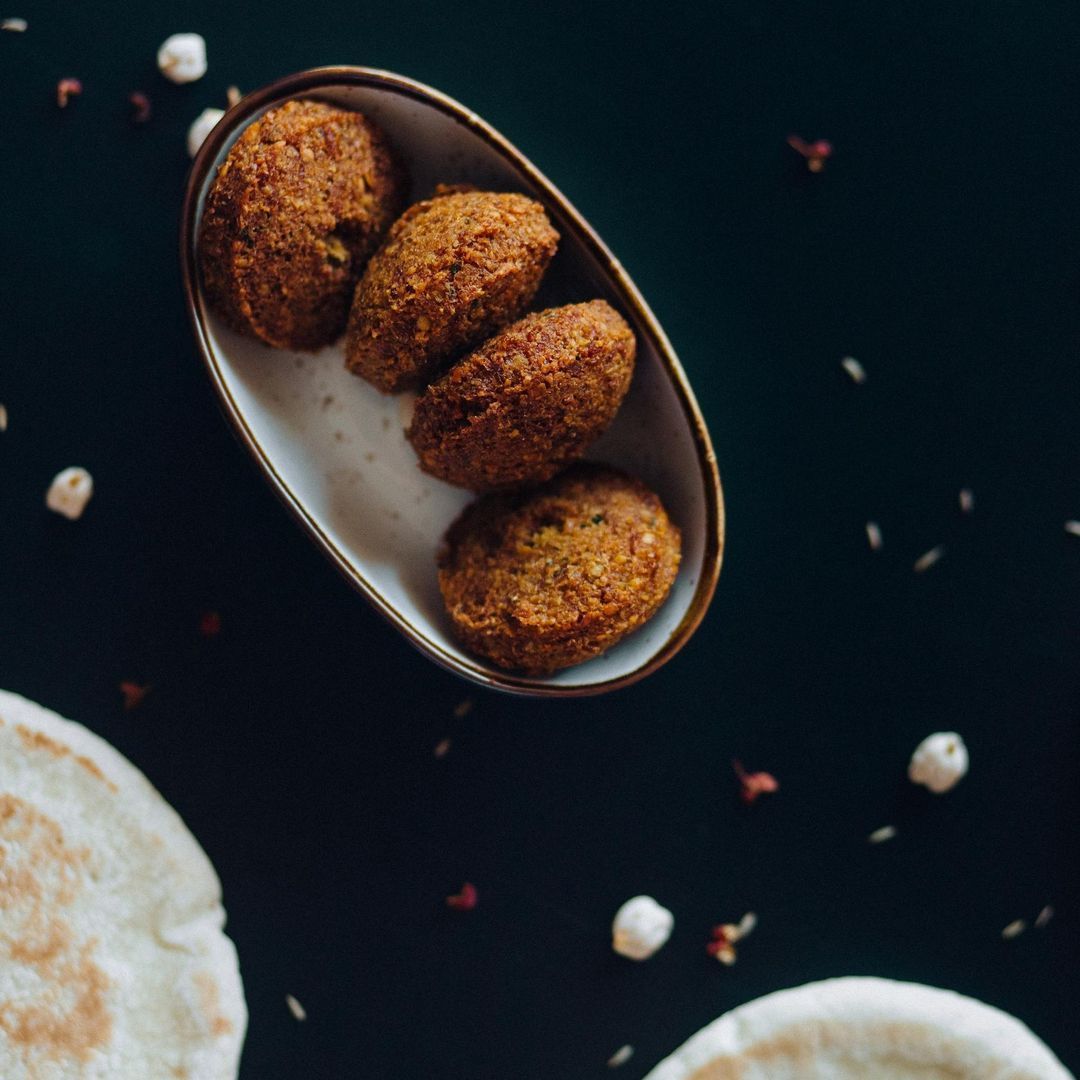
Falafel
Ecco la ricetta tradizionale dei falafel, uno dei piatti più amati della cucina mediorientale, particolarmente diffuso in Libano, Siria, Egitto e Israele. La ricetta prevede l'uso di ceci secchi, spezie ed erbe fresche per creare polpette fragranti e croccanti.
Tempo di preparazione
30 minutiTempo di cottura
15 minutiAmmollo
12 orePorzioni
MediaDose
4Strumenti
Friggitrice, MixerIngredienti
Ceci (Secchi)250 gAglio2 spicchiCipolla dorata1 pz (150 g)Bicarbonato di sodio1 cucchiainoCumino1 cucchiainoCoriandoloq.b.Olio vegaleq.b.Pepe neroq.b.Prezzemoloq.b.Sale fineq.b.1 Metti i ceci secchi in ammollo in abbondante acqua per almeno 12 ore (o tutta la notte). Dopo l'ammollo, scolali bene e asciugali con un panno. Non cuocere i ceci, devono essere utilizzati crudi dopo l'ammollo.
2 Metti i ceci scolati in un frullatore o robot da cucina insieme alla cipolla, all'aglio, al prezzemolo, al coriandolo (se lo usi), al cumino, al coriandolo in polvere, al bicarbonato di sodio, al sale, al pepe e al pepe di Cayenna (se desideri una nota piccante).
3 Frulla il tutto fino a ottenere una consistenza granulosa, non troppo fine, ma omogenea. Assicurati che non ci siano pezzi grandi di ceci.
4 Trasferisci il composto in una ciotola e aggiungi la farina di ceci. Mescola bene fino a ottenere un impasto compatto e non troppo appiccicoso. Se l'impasto è troppo morbido, aggiungi un po' di farina in più.
5 Copri l'impasto con della pellicola trasparente e lascia riposare in frigorifero per 30 minuti circa. Questo aiuterà a compattare meglio il composto.
6 Dopo il riposo, preleva delle piccole porzioni di impasto e forma delle palline o dei dischetti con le mani (circa 3-4 cm di diametro). Se l'impasto tende a sbriciolarsi, puoi inumidire leggermente le mani con acqua.
7 Scalda abbondante olio in una padella profonda o friggitrice fino a una temperatura di circa 180°C. Friggi i falafel in olio caldo fino a quando saranno ben dorati e croccanti all'esterno (circa 3-4 minuti per lato). Scolali su carta assorbente per eliminare l'olio in eccesso.
8 I falafel sono ottimi serviti in pita o pane piatto, accompagnati da salsa tahina, hummus, verdure fresche come pomodori, cetrioli, lattuga e cipolla, o con una salsa di yogurt al limone.
9 Se preferisci una versione più leggera, puoi anche cuocere i falafel in forno a 180°C per circa 20-25 minuti, girandoli a metà cottura, ma il risultato sarà meno croccante rispetto alla frittura tradizionale.
10 Per un sapore più autentico, è meglio non sostituire il coriandolo fresco, che dà ai falafel il loro tipico sapore erbaceo.
Couscous: the “golden grain” of North Africa
Origins
Couscous originated in North Africa (Morocco, Algeria, Tunisia) about a thousand years ago. Originally prepared by hand from durum wheat semolina, couscous was considered a festive dish, a symbol of abundance and prosperity.
Nutritional benefits
- Source of slow-release complex carbohydrates .
- Good supply of selenium , an important mineral for immune function.
- Light and easily digestible.
🔹 According to a study published in The American Journal of Clinical Nutrition , the consumption of whole grains such as whole grain couscous is related to a reduced risk of chronic diseases ( Aune D et al., 2016 ).
How to enjoy it best
- Traditional couscous with vegetable stew and chickpeas.
- Tabbouleh (couscous salad with parsley, mint, tomatoes and lemon).
- Sweet couscous with dried fruit and cinnamon, for an original dessert.
The secrets to enjoying Middle Eastern cuisine at its best
1. Choose high-quality ingredients
Opt for organic chickpeas, 100% pure sesame tahini, cold-pressed extra virgin olive oil, and fresh spices (cumin, smoked paprika, coriander).
2. Light cooking
Skip the deep-frying process for falafel and opt for oven or air fryer cooking for a healthier option.
3. Always serve with fresh vegetables
Cucumbers, tomatoes, lettuce, carrots, and cabbage are traditional combinations that add crunch and lightness.
4. Play with spices
The magic of Middle Eastern cuisine lies in the combination of spices like turmeric, sumac, zatar, and cinnamon: dont be afraid to experiment!
🧠 Curiosity
Hummus trivia:
“Did you know that in Lebanon and Israel hummus is so loved that they have real national competitions for the title of Best Hummus in the Country ?”
Curiosities about couscous:
“In 2020, couscous was recognized by UNESCO as an Intangible Cultural Heritage of Humanity , a symbol of unity among the peoples of North Africa.”
How to best store hummus, falafel, and couscous
Perfect preservation:
- Hummus:
Store in an airtight container, covering the surface with a thin layer of olive oil. It will last up to 5 days in the refrigerator.
- Falafel:
After cooking, let them cool and then freeze. Best consumed within 1 month.
- Couscous:
Store in the refrigerator for up to 3 days, preferably seasoning only when serving.
🍽️ Example of a typical day Middle Eastern Specialties
Breakfast: Greek yogurt with dates and a teaspoon of honey.
Lunch: Couscous with grilled vegetables and spiced chickpeas.
Snack: Whole wheat pita bread with homemade hummus.
Dinner: Baked falafel with cucumber, tomato, and fresh mint salad.
Conclusions
Middle Eastern cuisine offers dishes that are nutritious, balanced, and incredibly tasty . Hummus, falafel, and couscous arent just dishes: theyre a cultural bridge of flavors, traditions, and conviviality.
Incorporating these dishes into your daily diet allows you to:
- Increase your consumption of legumes and fiber.
- Vary your diet with new and stimulating flavors.
- Enjoy all the health benefits associated with a diet rich in plants and whole grains.
Eating healthily doesnt mean giving up pleasure; on the contrary, it means discovering new worlds with every forkful.
📣 Now its your turn!
Have you ever tried making hummus or falafel at home?
Which Middle Eastern specialty makes your mouth water?
Tell us in the comments!
If you love discovering cuisines from around the world and want to receive new ideas and recipes every week, sign up for our newsletter and be inspired by flavors without borders!
Sources:
- Rebello CJ et al. (2016). The Role of Hummus and Healthy Dietary Patterns. Nutrients.
- Mitchell DC et al. (2017). Legume consumption and cardiovascular risk factors. Frontiers in Nutrition.
- Aune D et al. (2016). Whole grain consumption and risk of cardiovascular disease, cancer, and all cause mortality: systematic review and dose-response meta-analysis of prospective studies. The American Journal of Clinical Nutrition.
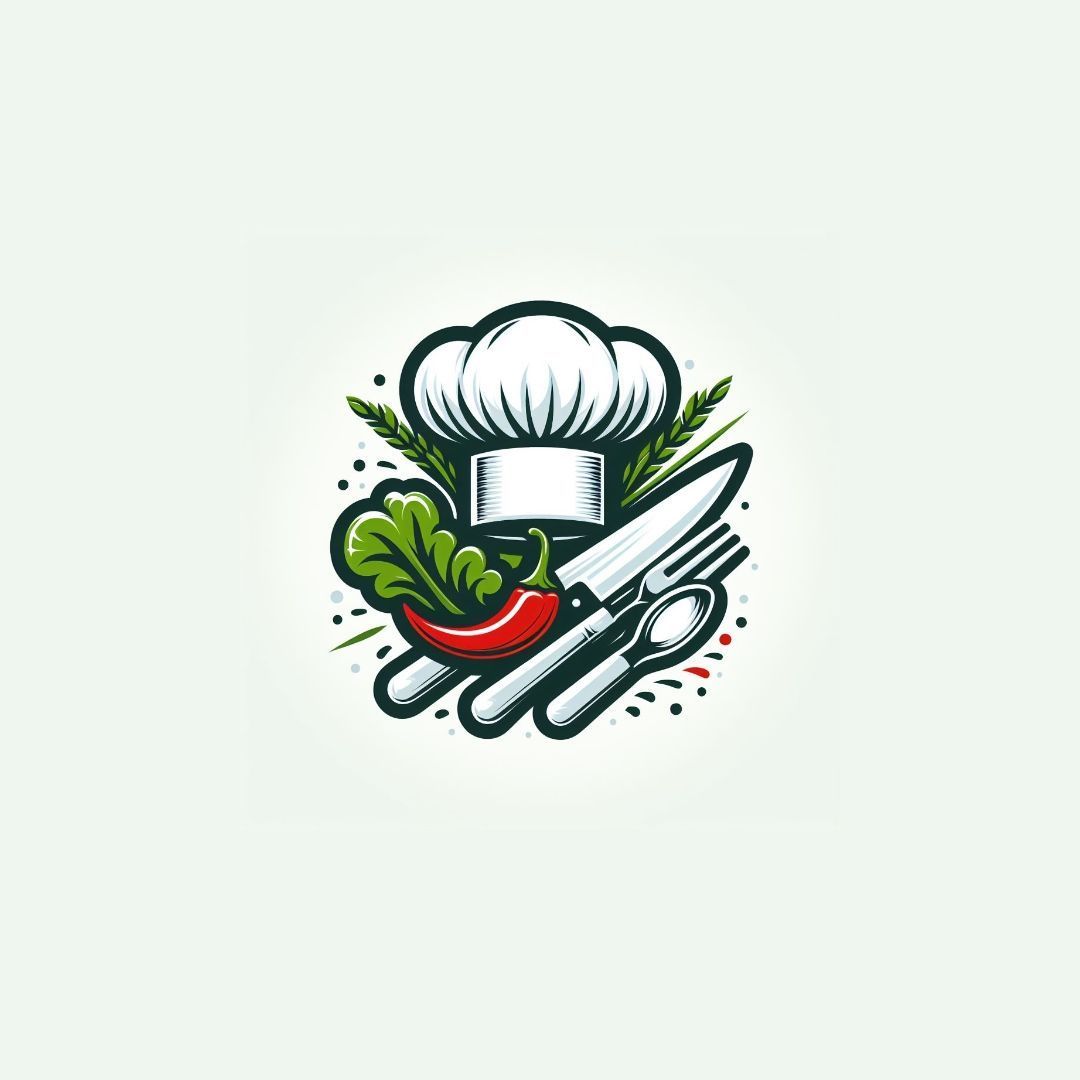
gourmet
Data di inserimento 27 apr 2025
Report article

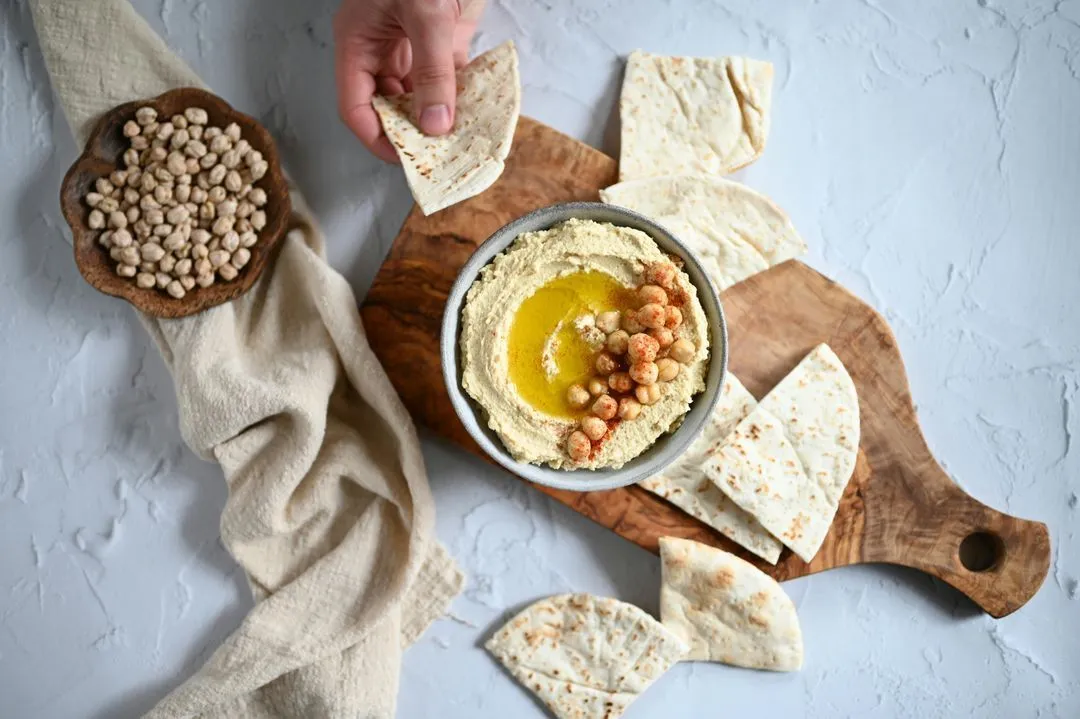
Comments
There are no comments yet.